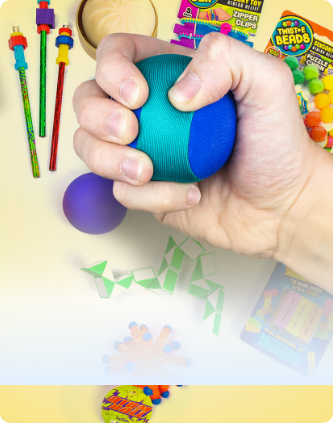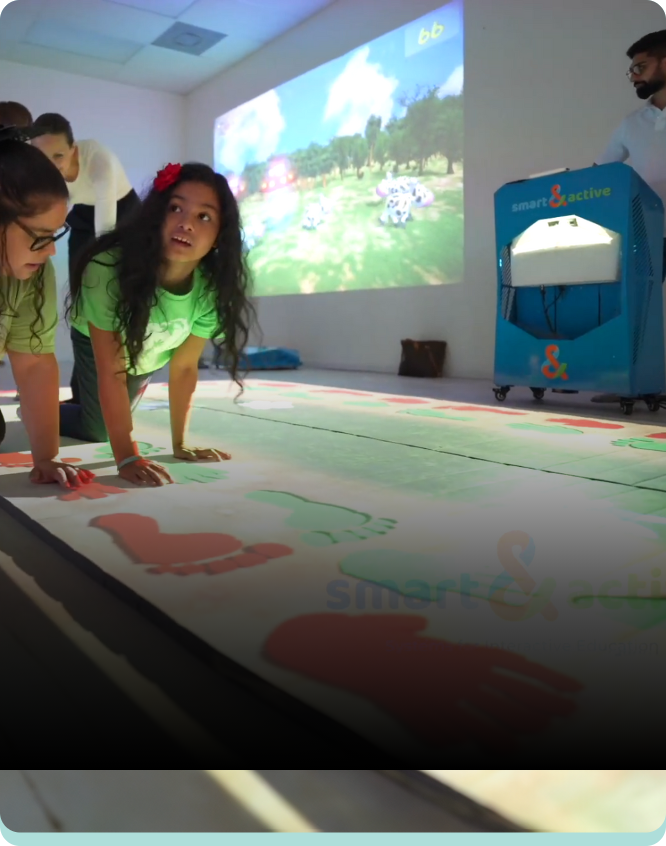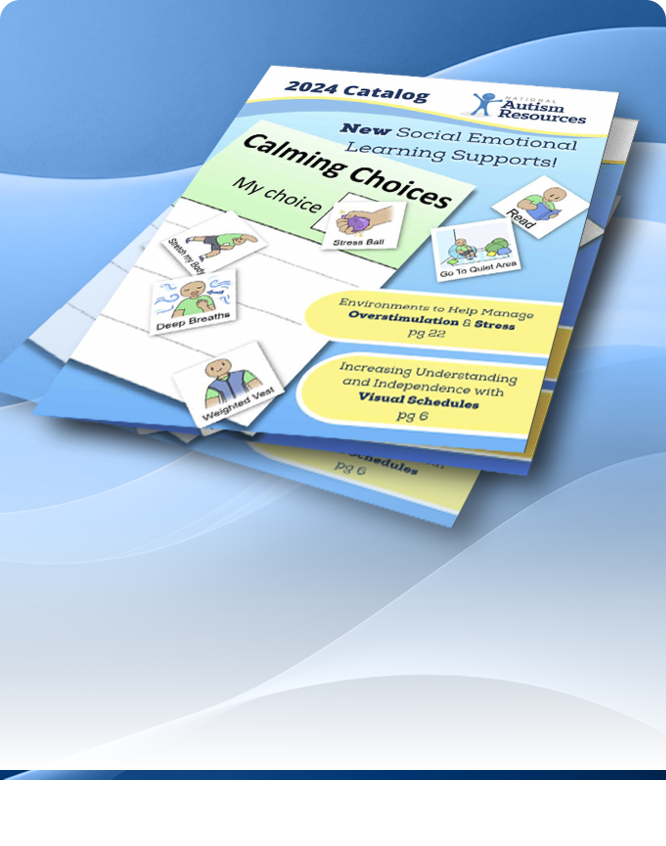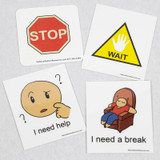Visual Cue Cards: What They Are and How to Use Them
Jan 11th 2023
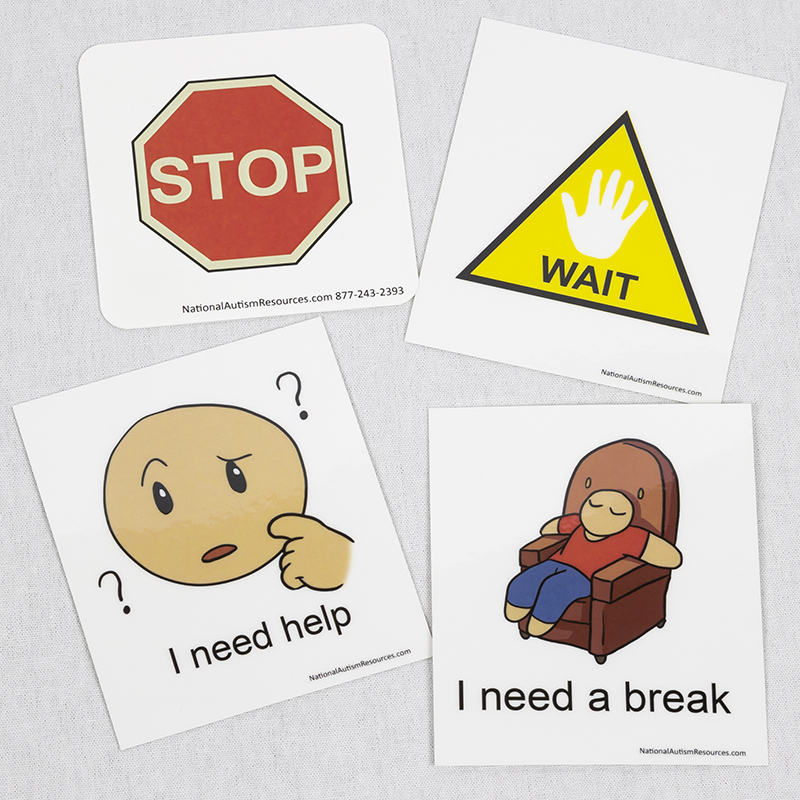
Visual cue cards are a proven visual support tool that visually communicates a need or a behavioral expectation. Four of the most commonly used cue cards are: Take a Break, I Need Help, Stop, and Wait. Below is a deeper explanation of these cards with tips on how to use them.
Take a Break Card
A simple technique you can use with your students is a Take a Break card. When a student begins feeling stressed or overwhelmed they can use a take a break card to remove themselves from the situation. This empowers students by providing them with a strategy they can use to proactively manage their stress.
This strategy works well in social situations because it is discreet. When your students hands you the card you know exactly what they are going to do. For this strategy to work well both the student and the teacher need to establish the rules of the take a break card.
Rules that need to be established include:
- Where the student will go during the break. Some common break areas include the library, computer room, or a calming corner of the classroom. Also make sure they know who they need to check in with when they arrive.
- How long the break can last. Will it be a five minute break or a break until the activity is over?
- What the student has access to during the break. Can they put on some headphones and listen to music, put on a weighted blanket, or grab a stress ball from the fidget box?
For students who need a little more support you can also incorporate a calming choice chart so that your students have specific calm choices they can make during their break time. Calming choices can include things like wall push ups, taking some deep breaths, reading a book, getting a drink, or wearing headphones.
A few more tips to help:
- Like all stress management tools it is important to practice using the take a break card ahead of time.
- Practice your calming activities before your student is stressed.
- Remember that your students will need more break time as the level of stress increases.
- Sensory rooms are good places for students with sensory integration challenges to go during break time.
- Different levels of stress often require different calming strategies. For example, physical exercise is often helpful in high stress situations.
I Need Help Card
This simple card prompts students to ask for help before they become frustrated or anxious. This tool can help students build initiation skills and encourage self regulation. Keep them handy on the desk during difficult tasks as a helpful reminder. This card can be very helpful with students who exhibit challenging behaviors when they become upset or frustrated.
When introducing the card it may be helpful to create a situation where the student will immediately need to use it. You can introduce a new activity but do not give your student all of the necessary supplies to complete it. For example, you can give them a coloring sheet but have the crayons out of reach
Stop Card
The stop card is a simple visual tool that works well with all students, especially those that demonstrate impulsive behaviors. This card provides clear communication for when it’s time to stop. Some common examples of using stop cards include:
- Place a stop sign on your classroom door as everyone lines up, and remove it as a signal that it is OK to go outside.
- You can hold one up to signal the end of an activity.
- Give the card to a student as a clear message when they engage in behavior that is against the rules.
- Post a stop card to designate an off limits area.
Wait Card
This is a simple card with the word “Wait” written on it. This can be effective for short waiting periods. Some common uses for this card include:
- During a conversation you can turn the card over when a student needs to wait and talk. Turn the blank side over as a visual prompt when it is their turn to talk.
- Hand the card to the student when it is time to wait in line at the cafeteria, or while lining up for recess.
- Use it to teach turn-taking skills during games, shared play, or class activities.
- Hand the student the card while they are waiting for a preferred activity such as time on the computer or access to recess play equipment.
You can support appropriate waiting behaviors by creating a “When I Wait” card for your students. This card should list several appropriate waiting activities. For example, I can play with my fidget, I can work on my homework, I can work on the problems I am able to do on my own.


